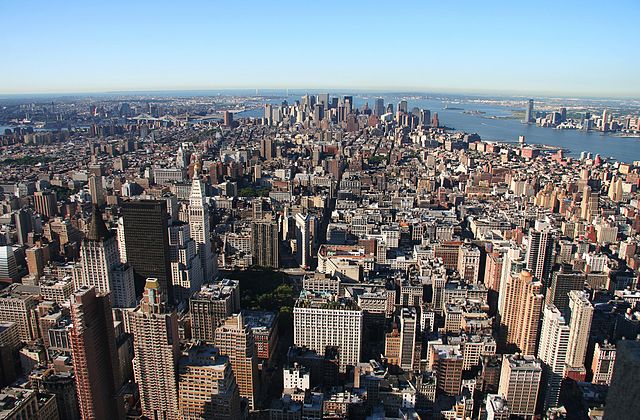New York Governor Andrew Cuomo on Thursday vetoed a bill that aimed to raise the percentage of assets New York City and state pension funds could allocate towards hedge funds and private equity.
From Bloomberg:
Governor Andrew Cuomo vetoed a bill that would have allowed New York state, city and teachers pension funds to allocate a larger percentage of their investments to hedge funds, private equity and international bonds.
The measure approved by lawmakers in June would have increased the cap on such investments to 30 percent from 25 percent for New York City’s five retirement plans, the fund for state and local workers outside the city, and the teachers pension. The funds have combined assets valued at $445 billion.
“The existing statutory limits on the investment of public pension funds are carefully designed to achieve the appropriate balance between promoting growth and limiting risk,” Cuomo said in a message attached to the veto. “This bill would undermine that balance by potentially exposing hard-earned pension savings to the increased risk and higher fees frequently associated with the class of investment assets permissible under this bill.”
[…]
A memo attached to the New York bill said raising the allotment for hedge funds and other investments is necessary for flexibility to meet targeted annual returns. A swing in the value of the funds’ publicly traded stocks can push the pensions “dangerously close” to the investment cap, the memo said. The change would also better enable the funds’ advisers and trustees to “tactically manage the investments to take advantage of market trends, react to market shocks and potentially costly rebalances or unwinds at inopportune times,” it said.
New York City Comptroller Scott Stringer supported the bill.
Photo by Tim (Timothy) Pearce via Flickr CC License

